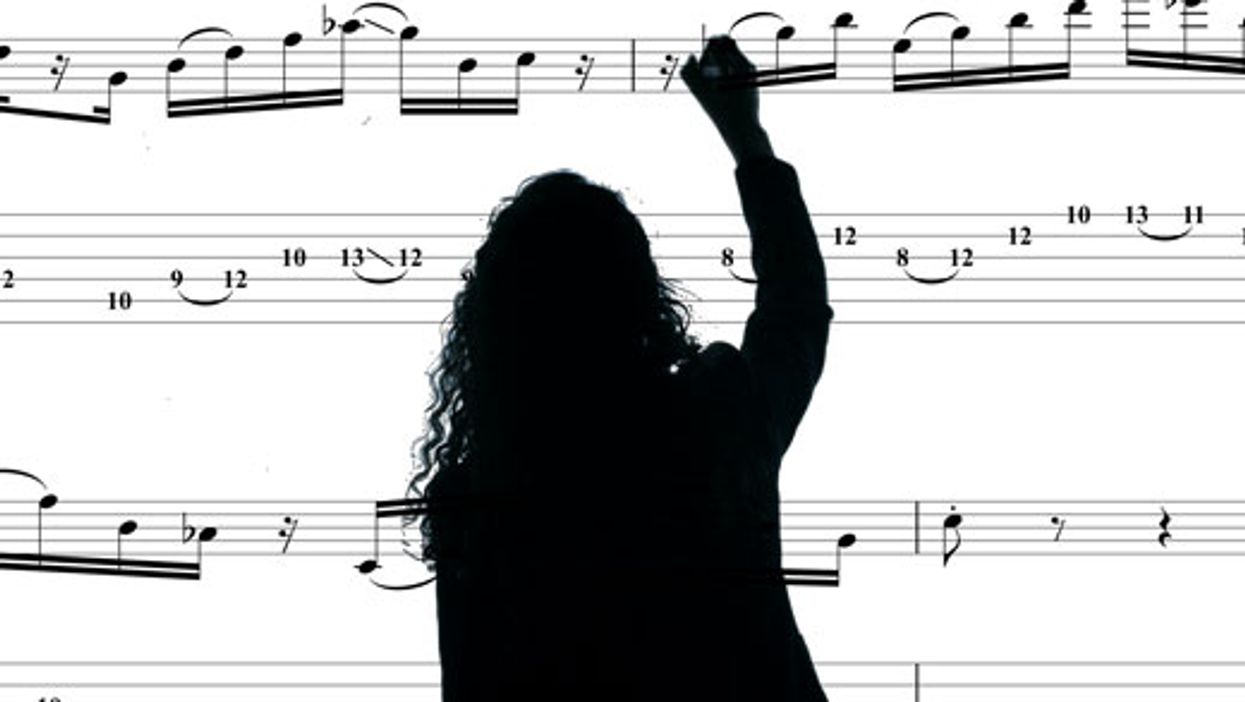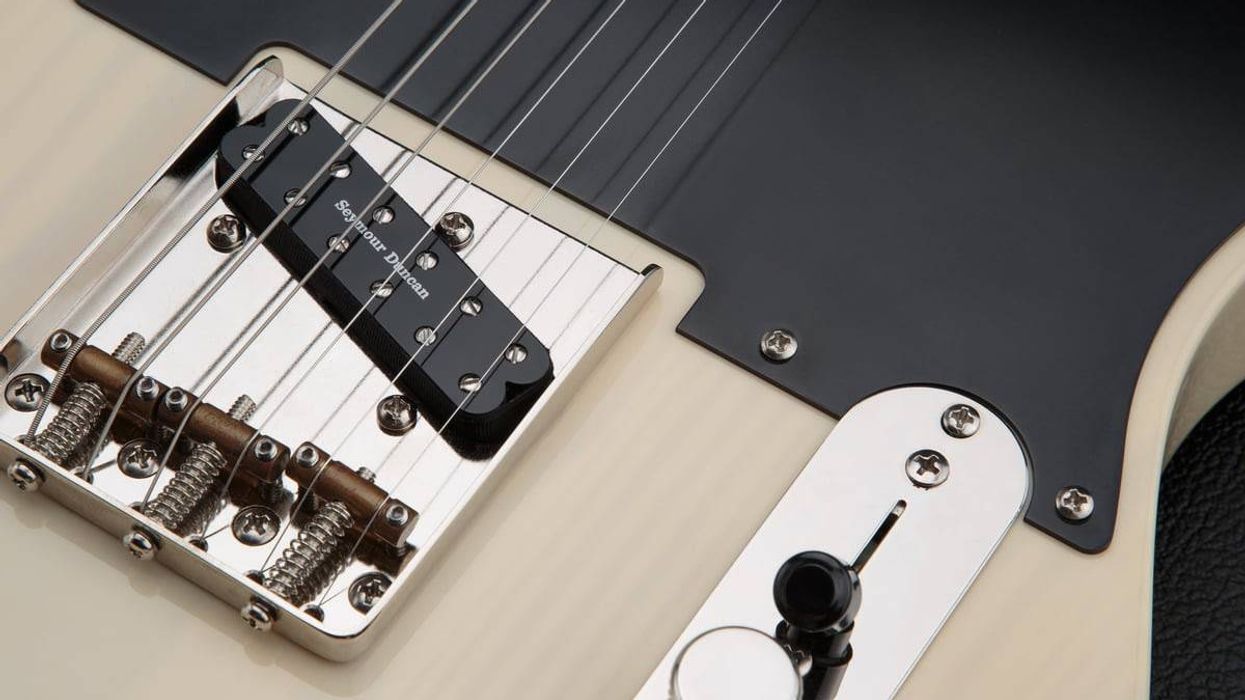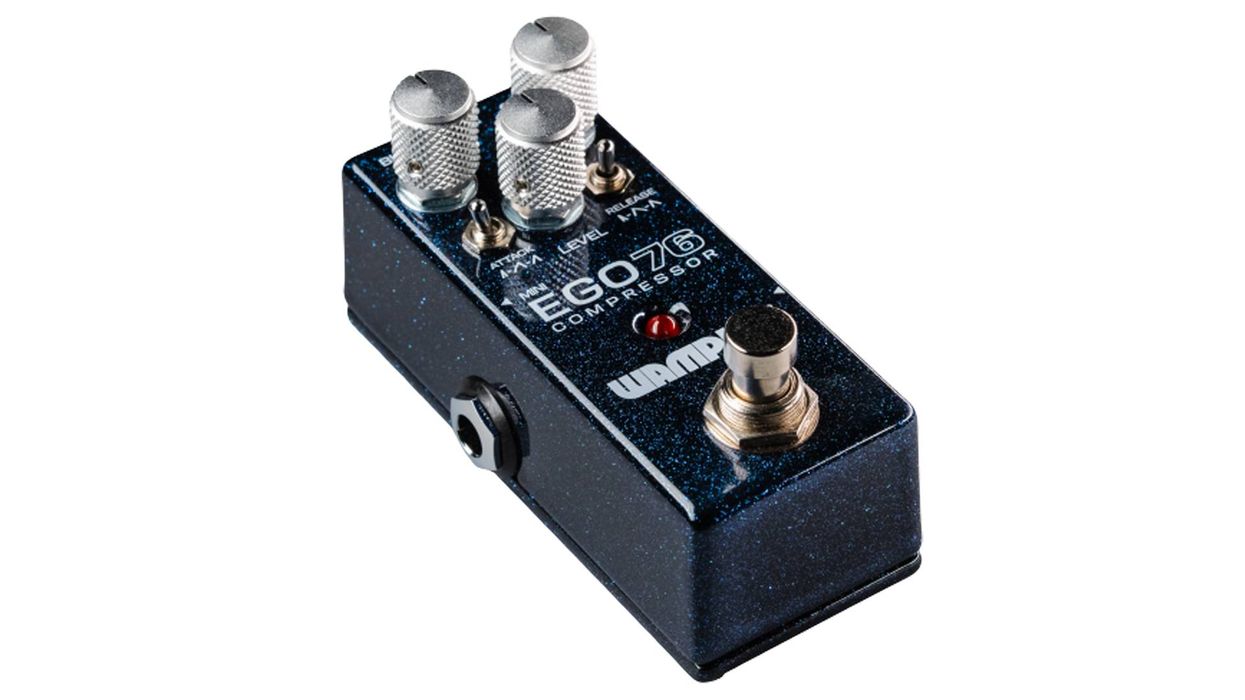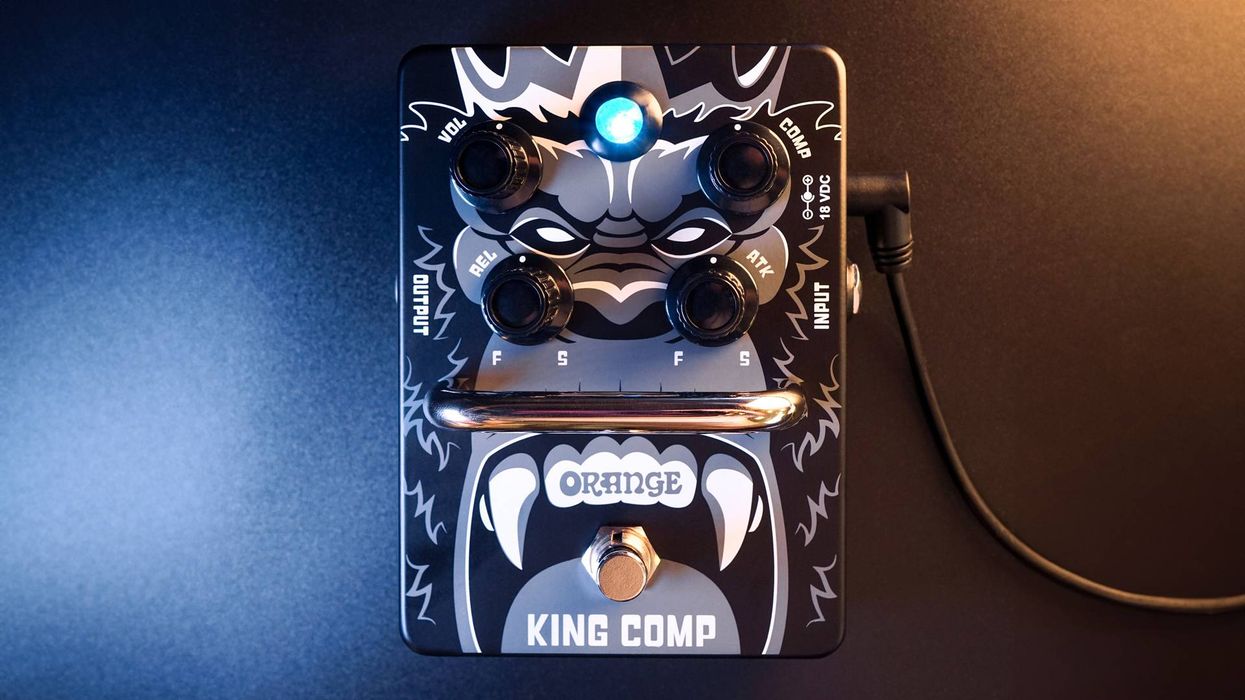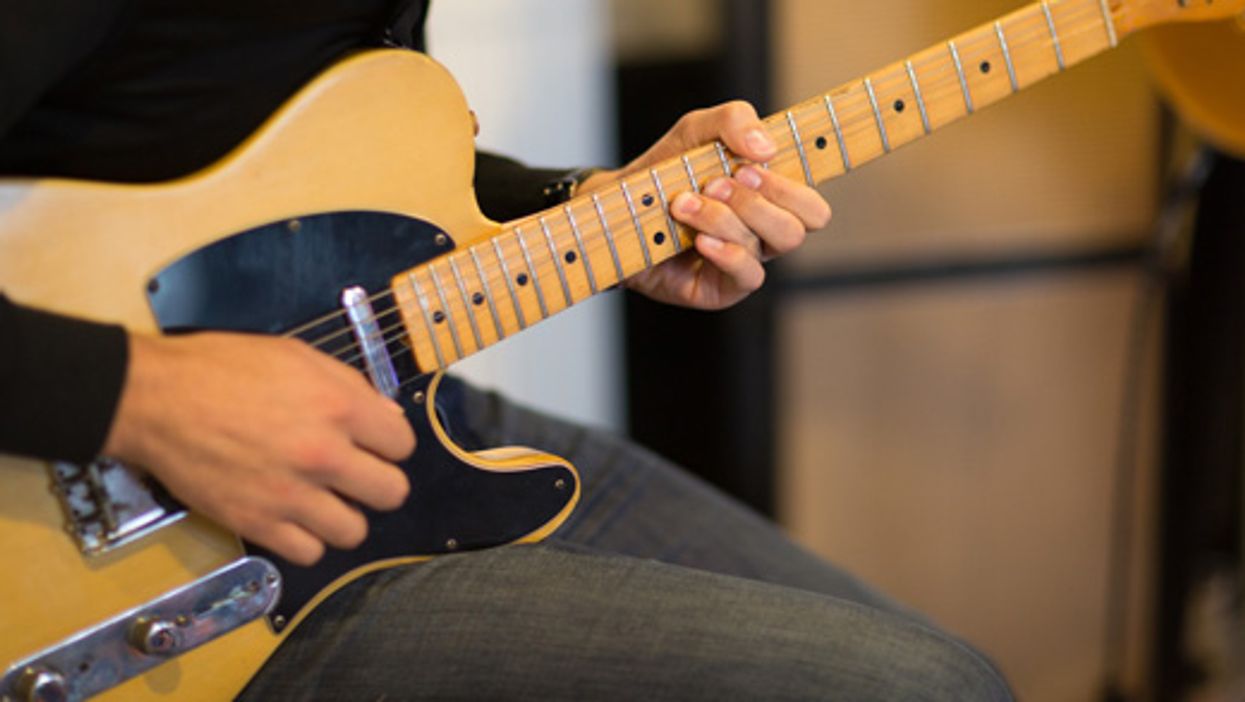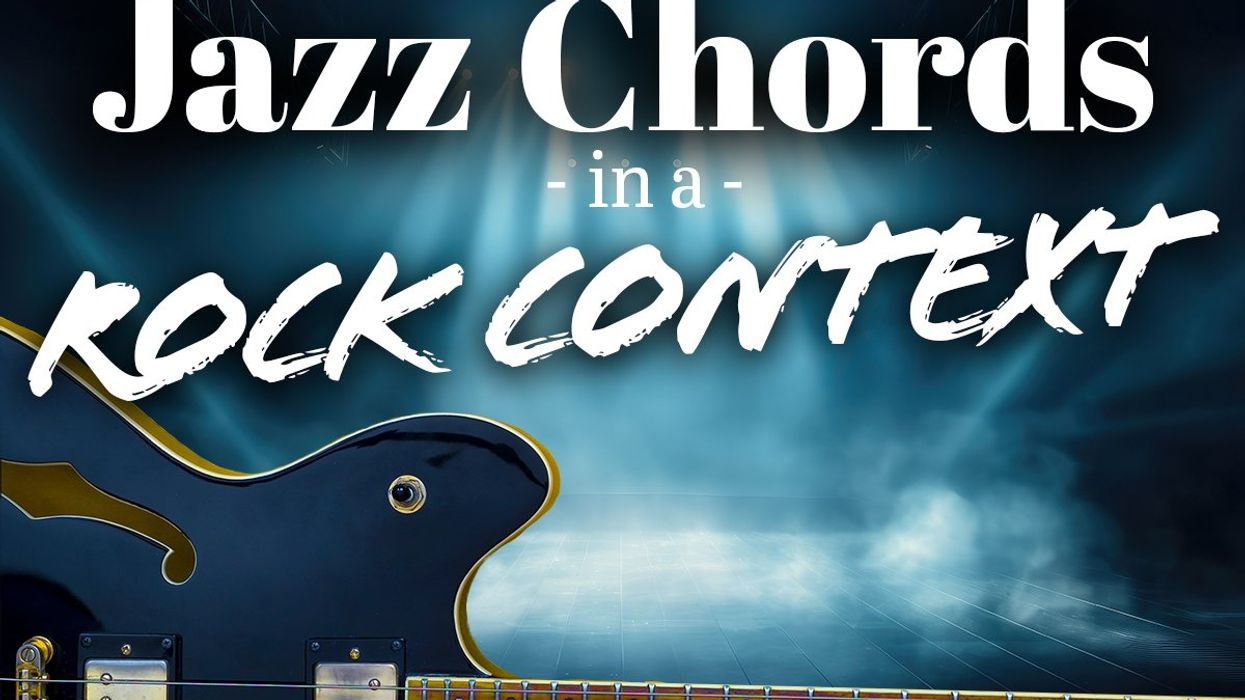Welcome back! Last lesson I showed you ways to play scales across the neck and I hope you had a chance to experiment with the concept. By practicing this way, you will begin to see that this is one of the best ways to master your fretboard. This lesson I will be showing you some lines that I constructed in this manner, playing across the neck. I will be using a couple scales we talked about and a couple we have not. For the purpose of this lesson, all of the examples I will be showing you are in G. This concept works in all keys - starting lower on the neck gives you a full range of the instrument. Be sure to try this concept with other scales.
Example 1)
Our first example is in G major (G, A, B, C, D, E, F#) and it is played using strict sextuplets, six notes per beat. You must accent on each downbeat; set your metronome at a slow speed initially and then gradually work up. This lick is great for moving across the fretboard quickly. Be sure to follow the fingerings provided and alternate pick every note.

Example 2)
This is another sextuplet line, but now we will use the G Phrygian scale (G, Ab, Bb, C, D, Eb, F). We will be moving across the neck ascending this time, but be sure to try this line descending. Even though this is played using all sextuplets, try to experiment accenting with other groupings - for example, 3 and 12 note groups. Again, the fingerings are extremely

Example 3)
This is a cool line using diatonic third intervals in G Harmonic minor (G, A, Bb, C, D, Eb, F#). The Harmonic minor scale is simply a minor scale with a raised 7th degree; you will notice it has a classical flavor. Practicing scales in thirds and with other intervals is a great way to master the fretboard. This one sounds great at high speeds with palm muting and plenty of

Example 4)
Our last example is based out of the G Melodic minor scale (G, A, Bb, C, D, E, F#). You could think of this scale as a major scale with a flat 3rd or a minor scale with a raised 6th and 7th. In the first bar of this line I use the flat 6th, which is the F note from the G natural minor scale. The first part of this line has a four-note motif descending in the G Melodic minor scale and then a four-note sequence in the last bar. This whole example is played with 16th notes, and will be most effective if you accent the downbeats.

These are just a few examples of how you can think in this manner. It''s up to you apply this to your playing and make up your own lines. We''ll see you next month!
Be sure to visit mikecampese.com for the latest CD''s and info.



